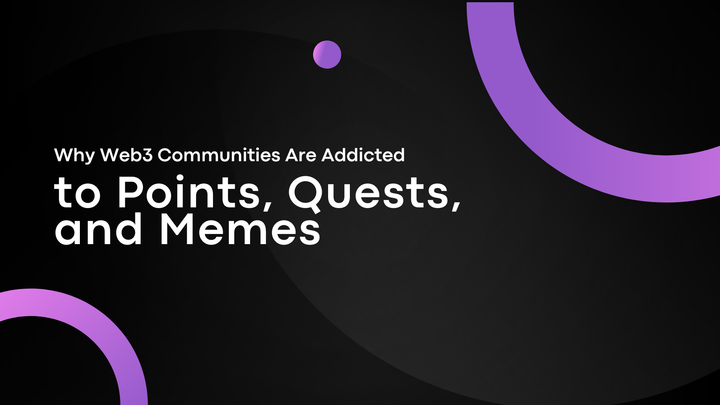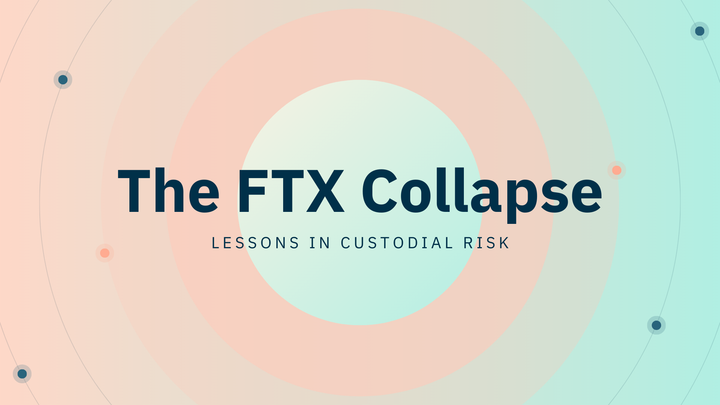Wallet Security in 2025: New Threats, Smarter Protection

Crypto wallets were once just tools. Now, they’re digital strongholds holding not just assets, but identities, reputations, and access to entire ecosystems.
But with every new layer of innovation comes a new wave of exploitation.
In 2025, securing your wallet isn’t optional, it’s survival. We’ve seen phishing scams that mimic real humans, browser extensions that drain funds in seconds, and even AI-generated dApps built solely to exploit trust. The hacks are smarter, faster, and more socially engineered than ever before.
This article isn’t meant to scare you. It’s meant to empower you.
We’ll break down the most dangerous attack methods currently active in Web3, and more importantly, the practices and tools you need to outsmart them. Whether you’re managing an NFT collection, trading DeFi tokens, or just exploring the metaverse, these strategies will help you protect what your assets to avoid wallet drains
How Wallet hack have evolved within the few past quarters of 2025
The days of simple email scams and obvious rug pulls are long gone. Today’s threats are engineered, polished, and disturbingly personalized. Here are the most dangerous attack vectors Web3 users face right now:
a. AI-Enhanced Phishing
In 2025, phishing attacks have evolved far beyond broken grammar and sketchy links. Now they sound like real people because often, they are. AI-generated messages mimic community leaders, founders, and even your own voice, using data scraped from Discords, DAOs, and forums.
One recent case involved a user tricked into sending approvals after receiving a voice note “from their DAO co-founder.” It wasn’t them. It was an AI model trained on their YouTube interviews and podcast appearances.
b. Wallet Drainers Masquerading as dApps
Click one link, and your wallet is emptied in under three seconds. These drainer scripts don’t ask for passwords they exploit pre-approved permissions or trick users into signing malicious transactions which trigger an automatic transaction without your permission. Many of them now come disguised as:
- Free mint pages
- Fake portfolio checkers
- Fake “airdrop claim” tools
There were more of this during berachain and story protocol airdrops which looks real.
c. Deepfake Interfaces
The new scam isn’t just a fake URL it’s a perfect replica of a real one. Hackers now build cloned dApps that look exactly like their legit counterparts, complete with accurate data, branding, and even fake transaction history.
d. Social Engineering at Scale
The most dangerous hack isn't technical,it's emotional.
Scammers spend months embedding themselves in NFT communities, building trust, and eventually offering “tools,” “collabs,” or “early access” that lead straight to a compromised wallet. These aren’t bots,they’re people playing long games for large rewards.
Just like the recent cases of identified Nfts projects with multiple changes"X username" which is typically a red flag
Best practices to stay safe and avoid potential hacks
You can't stop attackers from getting smarter everyday but you can make yourself a difficult target if you have knowledge of their strategies.
a) Use cold wallet for long term Asset holdings: if you are still using a hot wallet for storage of crypto assets especially long term holdings,you should consider using a cold wallet, they keep your keys offline and require physical confirmation for every transaction.
Pro tip:
- Use your hot wallet only for active transactions.
- Keep your long-term holdings and high-value NFTs in a cold wallet like Ledger, Keystone, or Trezor.
b)Limit approvals and Revoke Regularly: Sometimes crypto folks do complain on CT about wallet hacks and sometimes the transfer wallet address is being tied to an approved contract on their wallet, so it's necessary to always check approved contracts and Revoke if they are not in use
Dapps like revoke.cash or rabby wallet extension can be used to revoke contracts to avoid potential hacks
c)Stay anonymous and always use a burner wallet: It's advisable to always to always hide domain names and public addresses because it could be a threat and airdrops should specifically have a burner wallet,(in a situation whereby you use your utility wallet for an airdrop and it gets drained at the end this will bring a setback) so this practice is proven and always advisable to avoid wallet drains
d) Don't trust, Always verify: Always check on official pages/social account for links, don't click anything or connect to any website randomly in a tweet.
If possible always verify:
•Domain
•Links
•Rely on Official announcements
Tools & Resources for 2025
Staying secure in Web3 isn’t just about habits — it’s also about using the right tools. Here are some of the most reliable platforms and extensions every user should have in their stack:
Security & Approval Management
- Revoke.cash – View and revoke token approvals across multiple chains.
- Pocket Universe – Browser extension that previews exactly what a transaction will do before you sign it.
- Fire – Visualizes wallet activity and flags risky interactions.
Cold Wallets
- Ledger Nano X / Stax – Well-supported and battle-tested hardware wallets.
- Keystone Pro – Air-gapped wallet with QR signing and open-source firmware.
- Trezor Model T – Trusted security with a color touchscreen UI.
Web3 Browsing & Testing
- Rabby Wallet – Open-source browser wallet with built-in transaction simulation.
- Wallet Guard – Real-time phishing and scam link detection.
- Phishfort’s Extension – Community-backed list of scam domains that updates frequently.
Knowledge & Community
- CertiK Security Leaderboard – Tracks dApp audits and risk levels.
- Reddit: r/cryptosecurity – Active discussion on wallet security and scam alerts.
- Twitter/X security threads – Follow researchers on X and read security based threads.
Absolutely — a real story adds emotion and urgency to the article. Here's a fictionalized but realistic scenario based on common patterns in 2025 wallet-drain cases. It fits naturally between the tools section and the closing thoughts.
A Real Wallet Drain Story from 2025
In February 2025, Amara, an NFT collector and community mod, lost over $28,000 worth of tokens and digital art in under 90 seconds.
She wasn’t careless. She didn’t click a spam link or fall for an obvious phishing attempt. What she did was click a tweet — from a verified influencer promoting a new tool for tracking rare NFT listings across multiple chains. The link looked clean. The site looked polished. The “connect wallet” prompt behaved exactly as expected.
But in the background, a malicious smart contract was triggered the moment she signed a transaction.
Within seconds, her NFTs were transferred out. Tokens drained. Wallet activity spoofed to make it seem like everything was normal.
What stung the most? The tool had been retweeted by several people she trusted in the space. It wasn’t a random scam — it was a socially-engineered honeypot, designed to prey on credibility and speed.
Amara now speaks publicly about wallet safety. Her top advice?
“Never sign something just because it feels safe. Always verify what your wallet is actually doing.”
Almost same scam strategy was seen during the berachain airdrop claim, An X influencer's account was allegedly hacked and was spamming a drain link,but luckily many recognized that the account was compromised and that is a drain link so fortunately no one fell for it.
Closing thoughts In 2025, wallet security isn’t just a technical issue, it’s a mindset. Web3 gives us ownership, freedom, and opportunity. But with that freedom comes risk. The same tools that let you mint art, govern DAOs, or earn yield are also targeted daily by actors who study your habits, mimic your language, and test your limits. The truth is: there’s no such thing as 100% secure.But there is such a thing as informed. Cautious. Proactive. By understanding how today’s attacks work and hardening your habits with the tools and practices we’ve covered, you become more than a user, you become a resilient part of the ecosystem. Protect your wallet like you’d protect your passport, your savings, your identity because that’s exactly what it is.
Useful links 🔗
Official link for matrix vault and expendition deposit
Stay sharp. Stay skeptical. And most of all, stay in control.



Comments ()